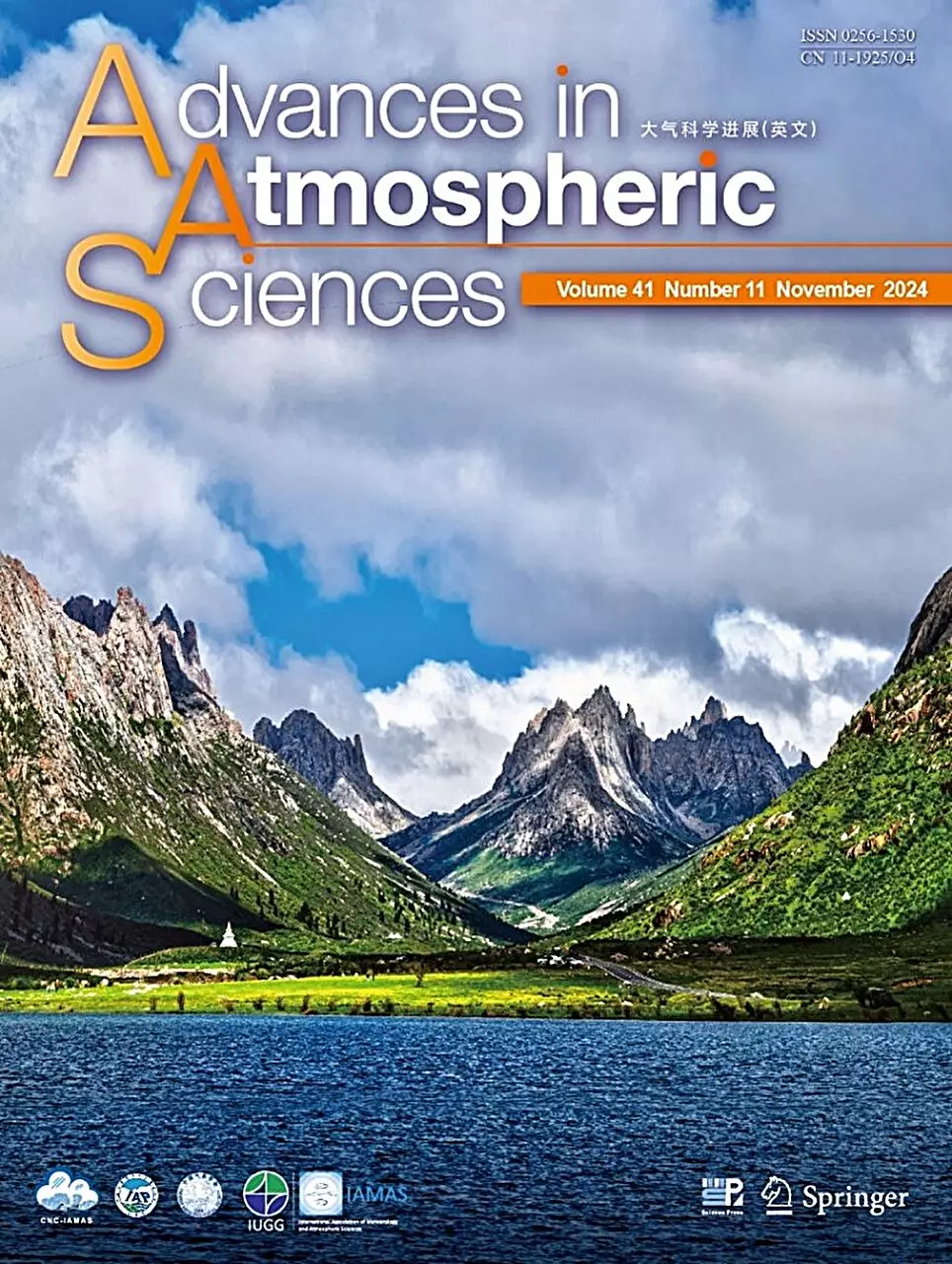Precipitation plays a crucial, yet paradoxical role in sustaining human existence. It nourishes our ecosystems, replenishes water reserves, and aids agriculture, but it can also wreak havoc. Flooding, landslides, and other natural disasters often follow heavy rainfall, asserting that control and comprehension of this natural phenomenon is essential for mitigating its adverse effects. To achieve this, scientists and meteorologists must develop sophisticated methods of analyzing and predicting various types of precipitation. However, some regions, particularly those with unique geographical features like the Tibetan Plateau, present significant challenges in gathering accurate precipitation data.
The Tibetan Plateau, often referred to as the “Roof of the World,” boasts an extraordinary altitude and diverse microclimates that complicate traditional observation methods. Satellite-borne precipitation radar is typically employed for this task, but the region’s high elevation creates a unique set of problems that can mislead data interpretation. Notably, the height of the plateau often intersects with the elevation of the atmospheric freezing level, which can lead to misclassifications when detecting types of precipitation. This phenomenon is particularly troublesome in summer, where convective precipitation may easily be mistaken for stratiform precipitation, leading to misinformed predictions and planning.
Recent research led by Prof. Fu Yunfei from the University of Science and Technology of China, alongside colleagues from the China Meteorological Administration, has sought to address these intricacies in precipitation classification. The team launched an in-depth investigation into the existing identification algorithms used in satellite technology for measuring precipitation types. Through this study, they pinpointed specific reasons behind the algorithm’s shortcomings in accurately identifying precipitation types over the Tibetan Plateau during summer months.
Fu’s team observed that traditional classification methods were oversimplified, relying primarily on binary results—categorizing precipitation as either convective or stratiform without considering the complexities of the environment. Recognizing the need for a more nuanced approach, they crafted a new algorithm that incorporates a variety of key parameters, including maximum reflectivity factor, background maximum reflectivity factor, and echo top height. This richer data set allows for a more refined classification system that identifies different types of precipitation—such as “strong convective,” “weak convective,” “weak,” and “other”—ultimately reducing the inaccuracies prevalent in previous methodologies.
The advancements made by Fu and his research team signify a transformative step for meteorology, especially for the mountainous regions where conventional methods have struggled. Better classification of precipitation types not only informs weather forecasting models but also serves to protect vulnerable communities in areas like the Tibetan Plateau. With improved predictions, agricultural practices can be optimized, disaster preparedness enhanced, and overall climate resilience bolstered.
However, Fu notes that this journey toward precision is far from over. One significant challenge remains: confirming the existence of stratiform precipitation in the summer months on the Tibetan Plateau, a task still proving difficult due to the limitations of satellite technology. The focus of future research will involve overcoming these barriers to ensure accurate detection and classification of all types of precipitation.
The work conducted by Fu Yunfei and his team sheds light on the critical need for tailored approaches to precipitation measurement, particularly in unique geographical contexts like the Tibetan Plateau. The implications of their research extend beyond mere academic curiosity; they present a tangible opportunity to enhance weather forecasting accuracy and community preparedness amid climate uncertainties. The study serves as a reminder that nature’s complexities require equally nuanced approaches—an endeavor that continues to unfold in the realm of atmospheric sciences. Understanding precipitation not only helps us navigate its benefits but also equips us to mitigate its challenges.


Leave a Reply